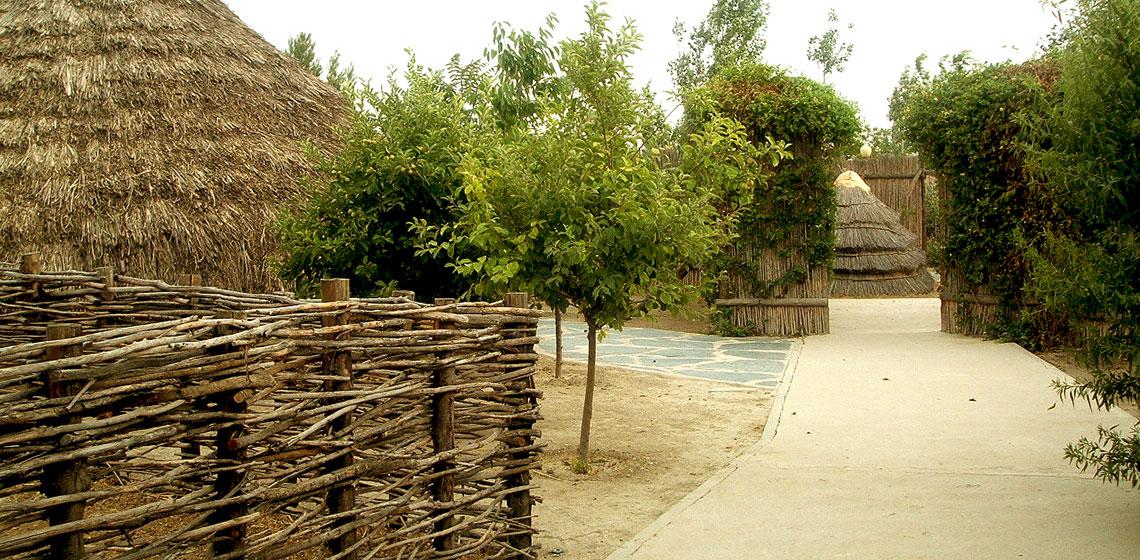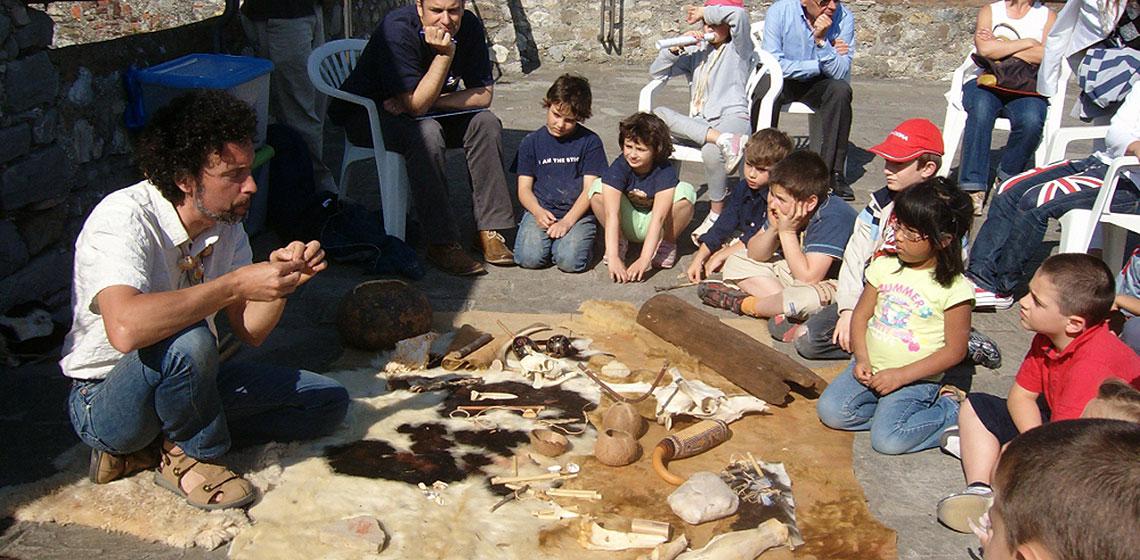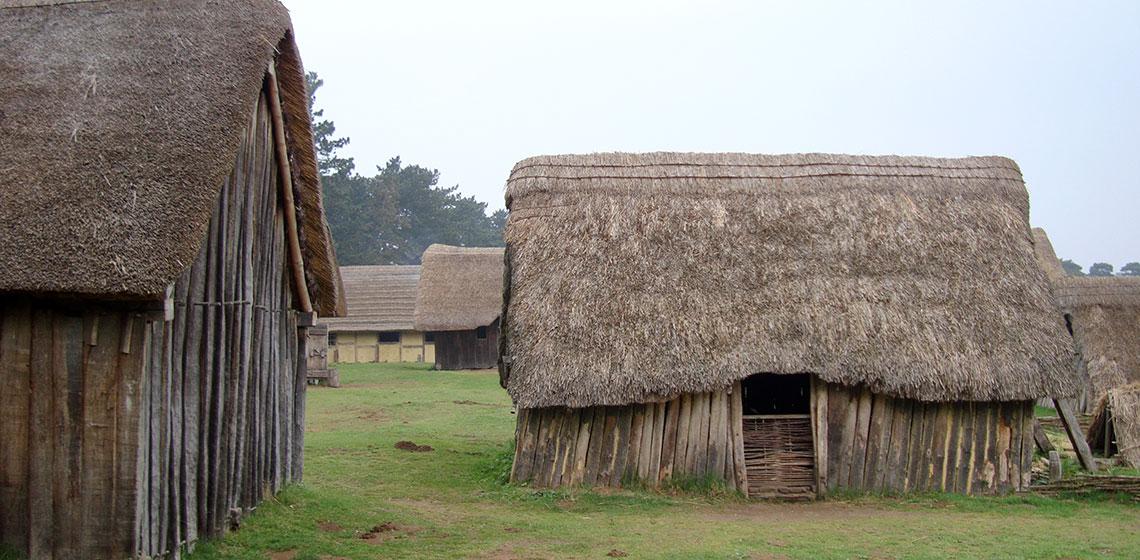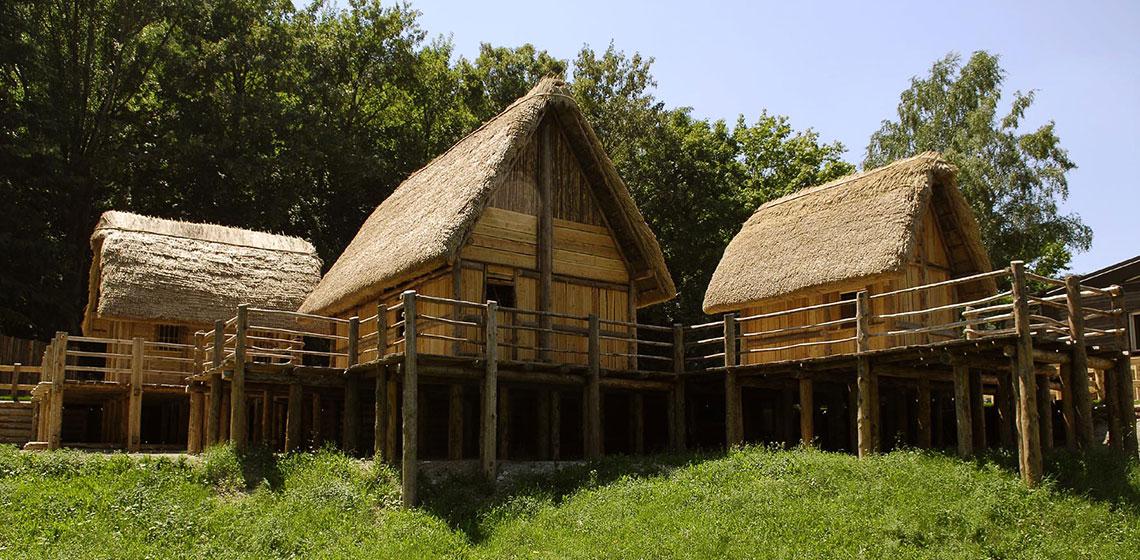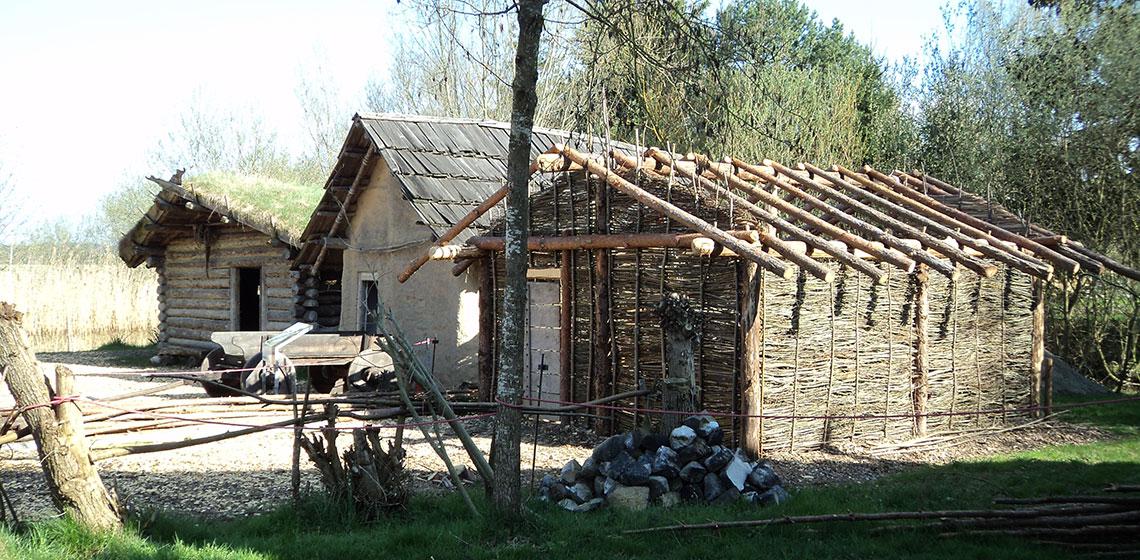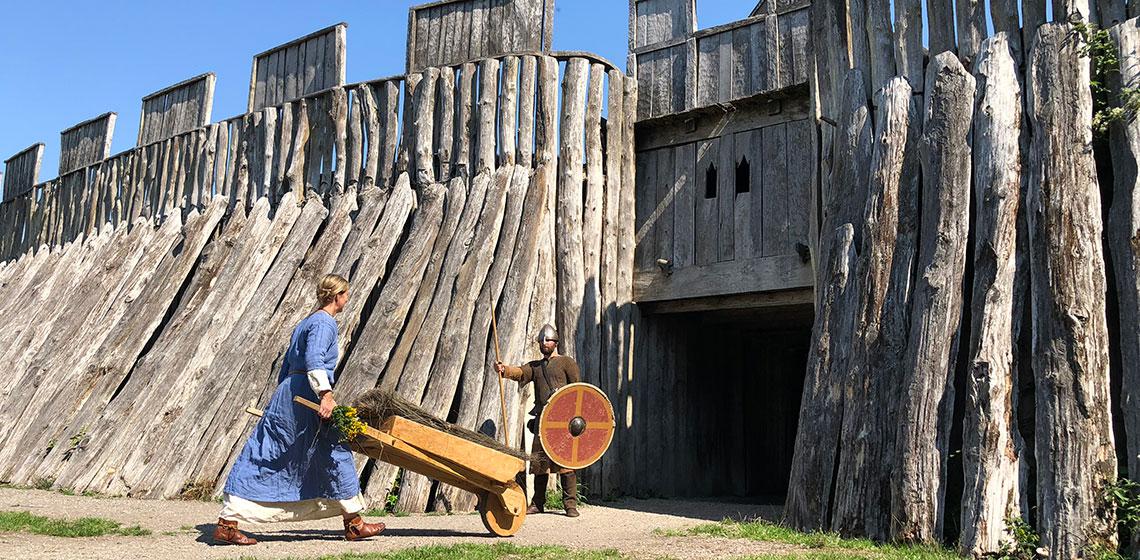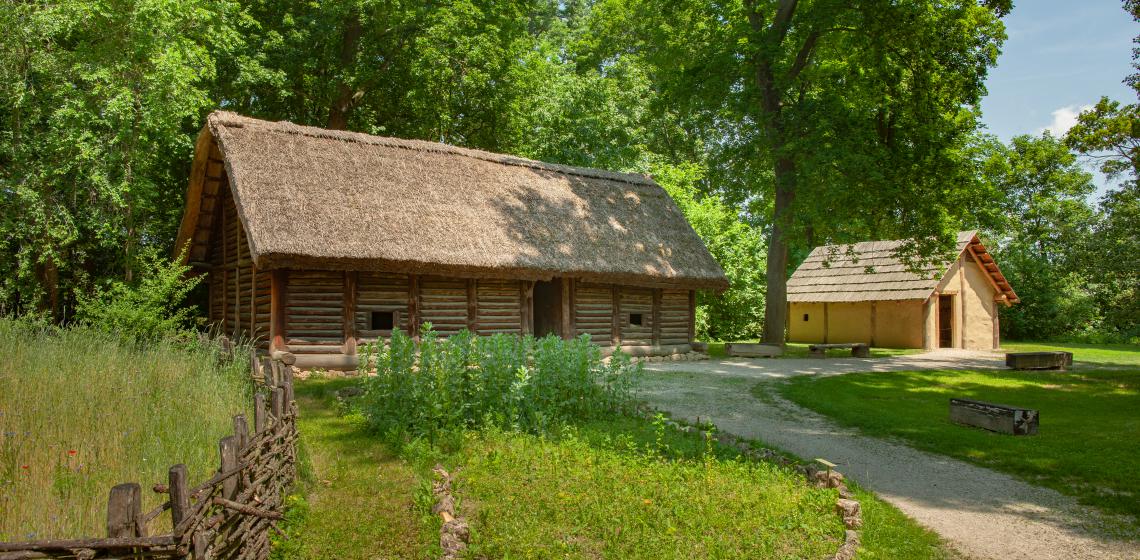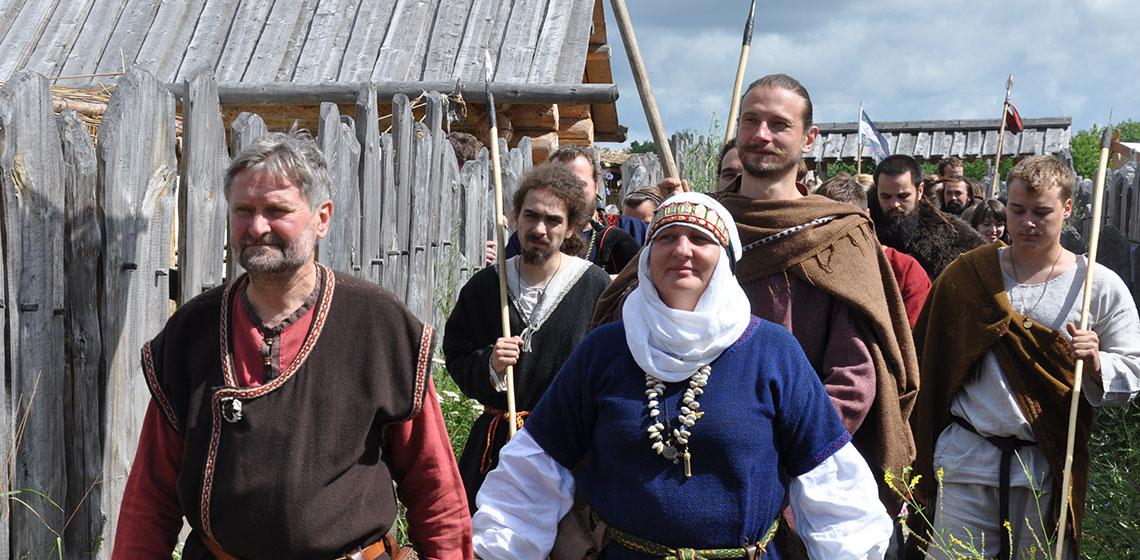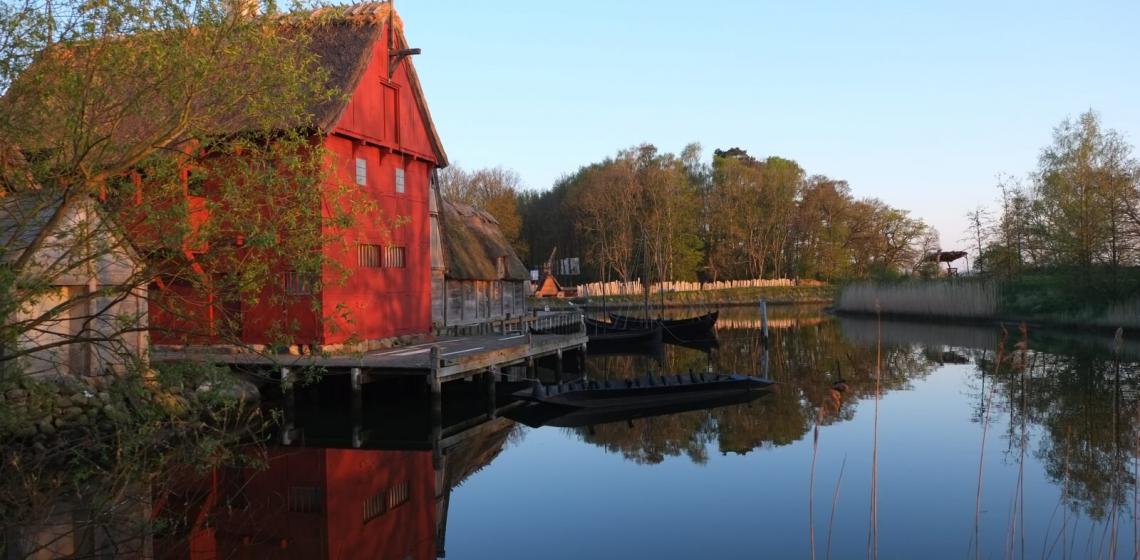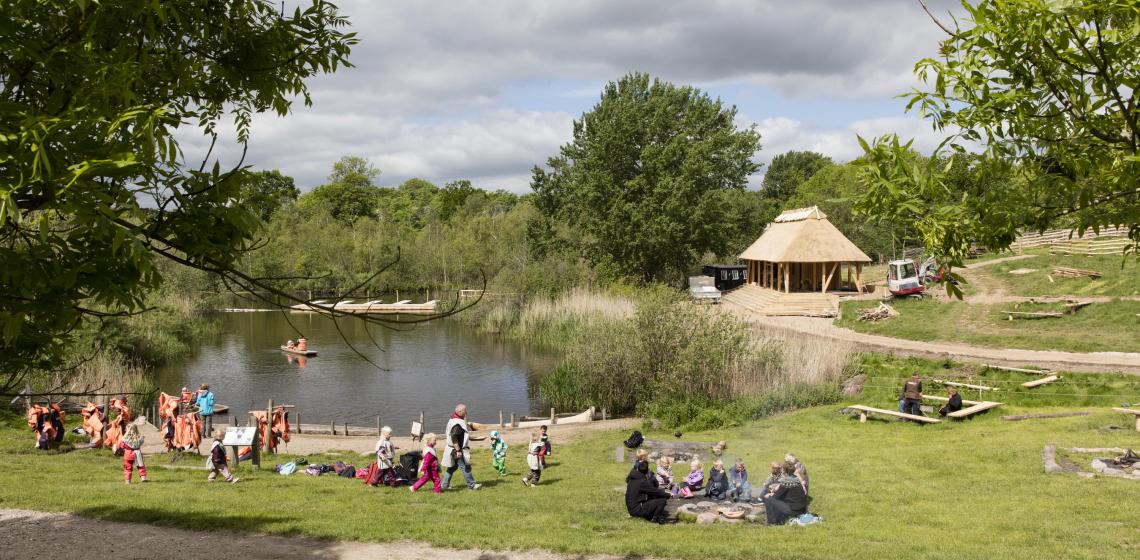Arqueopinto (ES)
Arqueopinto is an area of two hectares of land located south of the city of Madrid. It is municipally owned and managed by the Paleorama Company. Visitors come from all over Spain, though mainly from the central area. It has a clear school and family vocation although there are also courses for adults on prehistoric technology (ceramic, lithic knapping, basketry, etc.).
Arqueopinto is an area of two hectares of land located south of the city of Madrid. It is municipally owned and managed by the Paleorama Company. Visitors come from all over Spain, though mainly from the central area. ...

